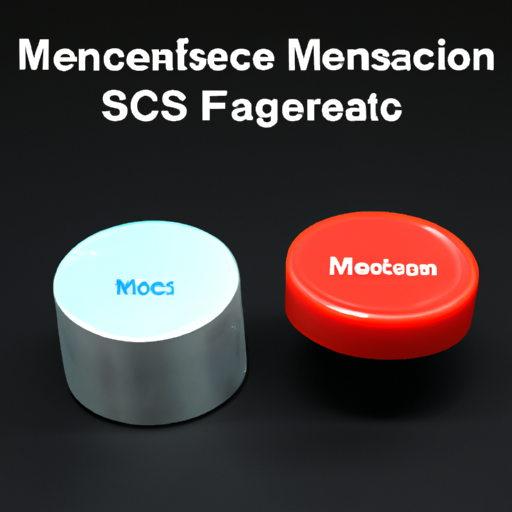ECS-F1EE106K Sensor Matched Magnets: Core Functional Technology and Application Development Cases
Core Functional Technology
Application Development Cases
Conclusion
The ECS-F1EE106K sensor matched magnets represent a significant leap in magnetic technology, offering tailored solutions across a diverse range of applications. Their ability to enhance sensor performance through optimized magnetic fields, temperature stability, and compact design makes them invaluable in industries from automotive to healthcare. As technology continues to advance, the role of sensor matched magnets like the ECS-F1EE106K is expected to expand, paving the way for innovative applications and improved performance across various sectors.






